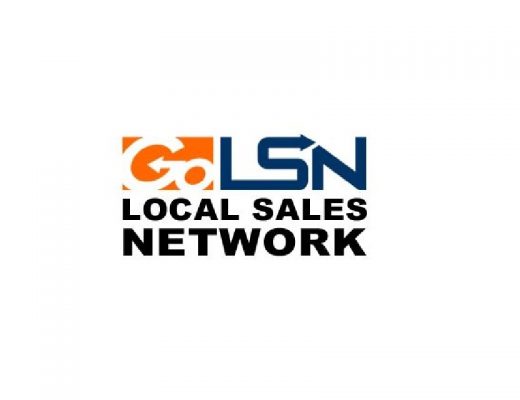Community solar is a fast-growing model for local solar farms that share the output with subscribers. This renewable energy model helps everyone in a community save money on their electricity bills and strengthens the grid at the same time. This system is gaining popularity, and if it continues to grow at the current rate, it could become a major player in our clean energy future. It opens up solar access to many Americans.
Subscription
A community solar subscription is an affordable way for individuals, businesses, and non-profits to help support clean energy without the cost or hassle of installing their panels. It allows participants to receive solar credits that lower what they owe their utility for electricity and help decarbonize the power grid. As a subscriber, you will receive credits on your electric bill each month that match the amount of electricity your solar farm produces. Your provider will determine how many credits you receive each month based on your average historical electric usage and the output of your solar farm. You will also have the option to choose a plan that suits your needs. Several subscription models include flat monthly fees, lease-to-own agreements, and more. It is important to note that all of these options have pros and cons. You will need to research and use websites such as choice texas power to find the best model that fits your energy use habits, financial situation, and overall goals. We have developed a community solar comparison tool to help you make the best decision for your budget and energy consumption. This tool allows you to crunch numbers for your subscription and see how different proposals compare in terms of savings and costs over time.
Maintenance
Community solar doesn’t require the upfront financial investment that rooftop solar requires, which makes it a great option for low-income or moderate-income households. It also offers a way to reduce your utility bill and help the environment. The solar industry has been at the forefront of ensuring that solar panels are maintained properly to ensure they last for decades. In particular, it’s important to ensure that the inverters and batteries used to power the panels are regularly cleaned and replaced as needed. It’s also smart to optimize the location and angle of the panels for maximum production during sunny days. This will result in more electricity produced at the facility and less money spent on maintenance. While there are many ways to install a solar panel, the most effective method is to join a community solar program. This type of solar program allows consumers to save on their electric bills and provides utilities with a way to stabilize the grid and increase overall renewable energy generation. It’s also a great way to promote solar in communities that haven’t traditionally had access to it.
Purchase
Community solar programs are a new way for people to go solar without installing panels on their roofs. They’re a win-win:
- Consumers save money on their energy bills.
- Electric utilities benefit from the clean energy that they can generate through solar.
- Communities gain cleaner power and more local jobs.
Typically, solar community projects are less than five megawatts (MW) of electrical capacity and operate on leased land. They typically do not compete with utility-scale solar farms, meeting ILSR’s third principle for successful community renewable energy. Many states have embraced this model by allowing third parties to develop and own solar community projects. Some of these companies are aggregators that offer a selection of solar projects, while others are agents that market the projects to specific developers. These are the most common ways to participate in community solar, and they’re typically effortless to sign up for and cancel. In the United States, there was 2 gigawatts’ worth of community solar installed in 2019; that number is expected to grow to 5.1 gigawatts by 2022. Another method to participate in community solar is to purchase a portion of the system. When you buy a portion of a system, you’ll receive all of the SRECs and the 26% Federal Tax Credit that the system generates. You’ll also receive virtual net metering, which means you’ll get bill credits for the power produced by the system and can offset your own electricity usage.
Ownership
Community solar projects (often referred to as shared solar, solar gardens or solar parks) are a great way for people to get involved in the clean energy revolution without installing their panels on their homes. They allow you to turn to clean energy while reducing your carbon footprint and saving money on your electric bill!
These projects can be a great way to transition to emission-free power, especially for those with limited rooftop space or poor sun exposure. They also provide low-cost solar energy to renters, homeowners, and businesses who may need help installing their own panels on their roofs. Ownership models are the most common and allow participants to purchase a certain number of panels or a share of the total project. Typically, they can receive electric bill credits for each kilowatt-hour of power their panel array generates.







No Comments